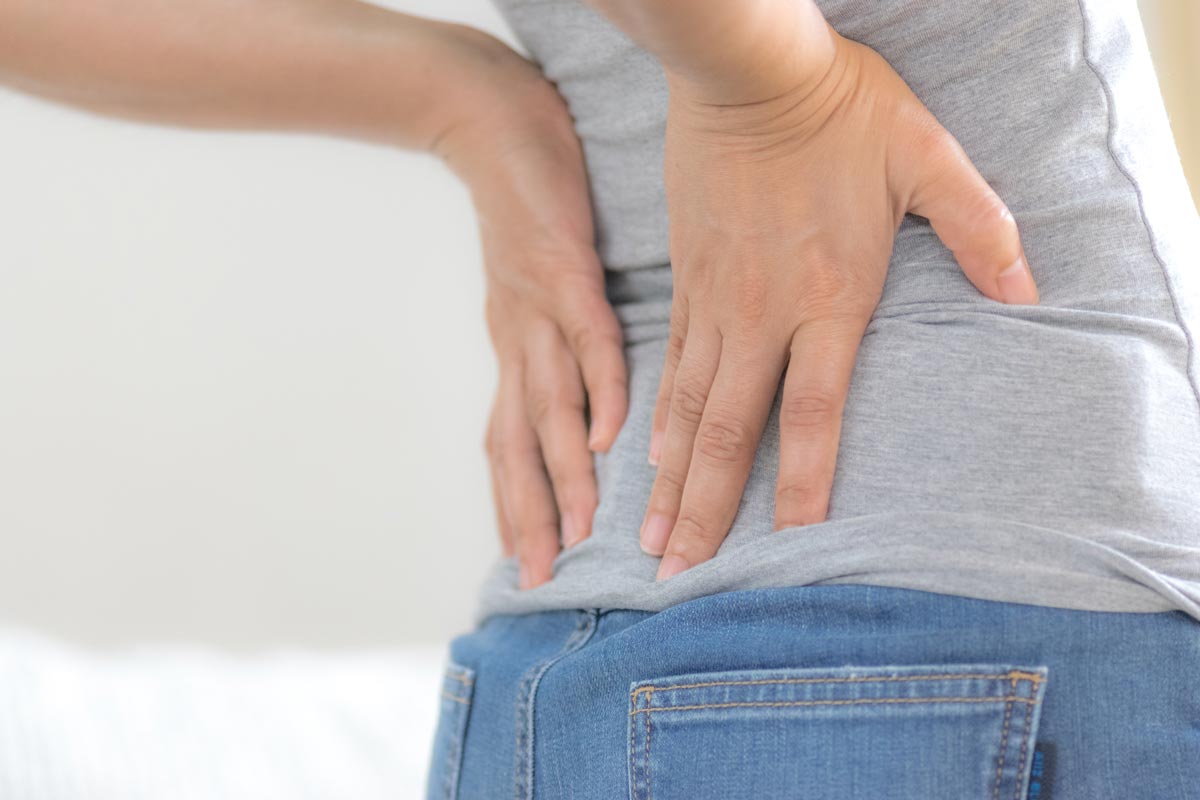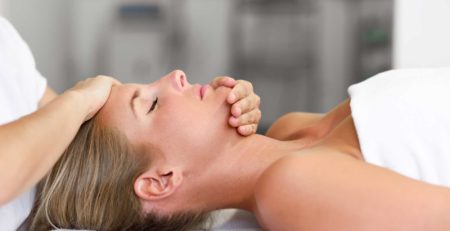
Osteopathy for lower back pain
Osteopathy is a system of diagnosing and treating medical conditions that focuses on the structure and functioning of your whole body. It’s based on the idea that your general health and wellbeing depend on your bones, muscles, ligaments and connective tissues all working smoothly together. Pain in the back is one of the main conditions for which people seek help from an osteopath.
Osteopaths use manual techniques like massage and manipulative therapy to try to reduce your pain and prevent it from coming back.
We also have a detailed blog about 5 Main Causes of Back Pain which might be very helpful for you.
Why is back pain such a problem today?
In six-month period, five in 10 Canadians suffered low back pain. Up to 85% of working people can expect to experience acute low back pain during their lifetime.
For some people, the old saying “once a bad back, always a bad back” rings true. Occasionally chronic low back pain sufferers never fully recover. They continue to suffer from repeated episodes year after year, and it often gets worse as they get older (i.e more severe pain and frequent attacks).
When it comes to the pain in the back, people complain about various symptoms, ranging from mild pain and stiffness to severe unrelenting pain. For some, the nerves may be irritated and pinched, causing numbness in the legs. While for others it feels like pins and needles, or they may lose control of certain muscles.
Causes of low back pain
The pain usually results from problems with the musculoskeletal system—most notably the spine, including the bones of the spine (back bones, or vertebrae), disks, and the muscles and ligaments that support it.
The most common causes of back pain are:
- Muscle strain. It is common in the lower back, because it supports the weight of the upper body and is involved in moving, twisting and bending.
- Fractures. These are more common in younger adults and may be due to a severe impact. In the elderly, one has to consider reduced bone density (as in osteoporosis) as a possible cause. The key to relief is often good management, which is something we can help with.
- Osteoarthritis. Wear and tear affects most people more as they age, though this process can start much earlier with heavy manual jobs or a history of injuries.
- Falls & slips. These often change the mechanics of the hop bones (the pelvis), resulting in the spine and body resting on an uneven foundation.
- Pregnancy back pain. Many pregnant women experience back pain and are commonly told that it is ‘normal’ and that there is no effective treatment. The results patients have say different!
- Pelvic floor muscle dysfunction. Pelvic floor dysfunction and low back pain are often associated because of how the pelvis is a key support for the lower back. When the pelvic floor muscles are not appropriately strengthened (too weak or too tight) or become harder to control, the lower back muscles are not getting the proper support that they need.

Why osteopathy works well for back pain?
If you have lower back pain that’s causing significant problems or doesn’t seem to be improving, it could be worth trying osteopathic manipulative treatment. An osteopath can offer manual therapy for any type of short or long-term general back pain. They can also help with sciatica – pain that spreads from your back down your legs.
One of the major benefits of osteopathy treatment is the wide selection of treatment techniques that are available.
- Massage for pain relief. This is when your osteopath directly applies pressure to the soft tissues of your back. It aims to reduce tension in your back and relieve your pain.
- Manipulation. In spinal manipulation, your osteopath will make a quicker thrusting action with their hands at a particular point of your spine. You might hear a ‘pop’ sound when they do this.
- Muscle energy technique. This is a technique in which your osteopath will ask you to push against them, while they apply force back. This aims to increase the range of motion in the affected joint.
- Functional technique. With this technique, your osteopath will gently move your joints into positions that reduce your tension and pain, before gradually working them back to the original position.
- Counterstrain. This involves your osteopath slowly moving you into the position that causes you least pain. They will hold you in this position for a short time while they monitor ‘tender points’ – areas on your body that are causing your pain.
- Myofascial release therapy. This is a type of deep massage technique, in which your osteopath aims to release tension and tightness in your muscles.
- Lymphatic pump techniques. These techniques aim to help with the movement of fluid known as lymph, around your body, correcting any blockages. They’re based on the theory that a build-up of lymph in your tissues can lead to health problems.
While treating back pain, your osteopath may also give you advice on improving your posture, and what types of exercise you can do to help with it.

Osteopathic treatment for lower back pain
Research shows that osteopathic treatment for lower back pain is effective.
If you are in severe pain, osteopaths tend to use very gentle techniques to improve movement, reduce pain, and calm the nervous system – which is propagating the pain signals.
As back pain is the main reason that people present to osteopaths, they generally have seen thousands of cases of back pain, from severe 10/10 pain to mild muscle strain. Osteopaths will assess the presentation and apply the most appropriate treatment technique to provide the best result.
As the pain lessens and your mobility improves, different techniques may be used to further improve the response and outcomes. This may include rehabilitation for prevention of further episodes.
Talk to our Osteopathic Manual Practitioner Vadzim Siniauski to find out how osteopathy can help you with pain relief, injury management and overall health improvement.



